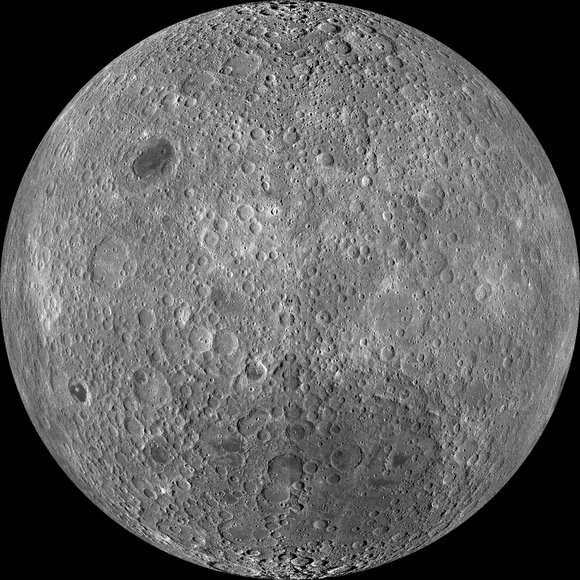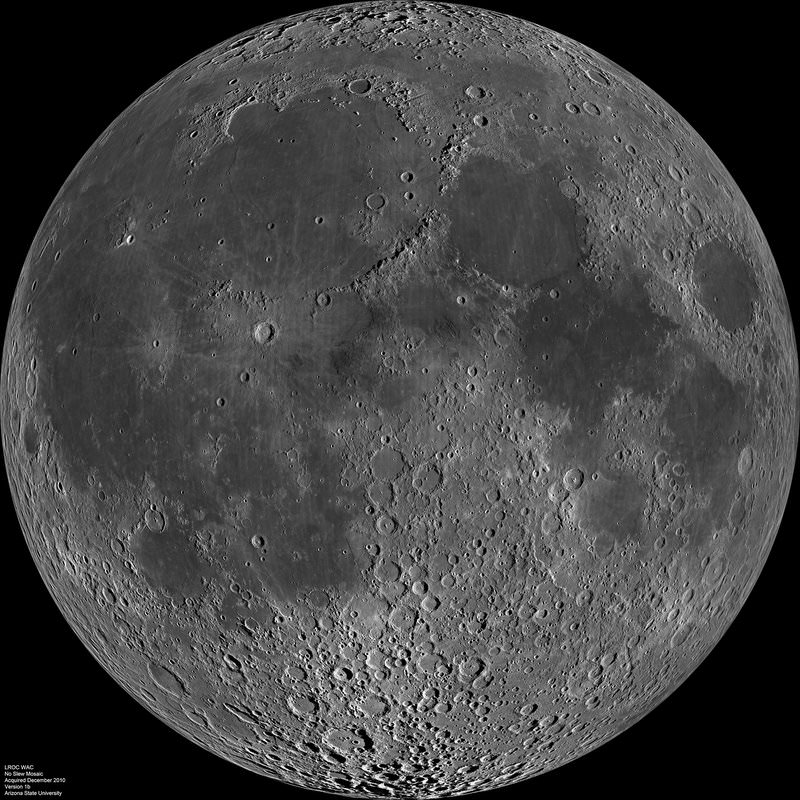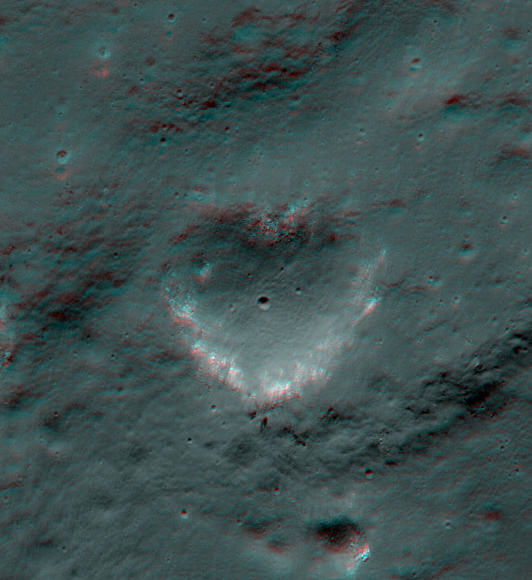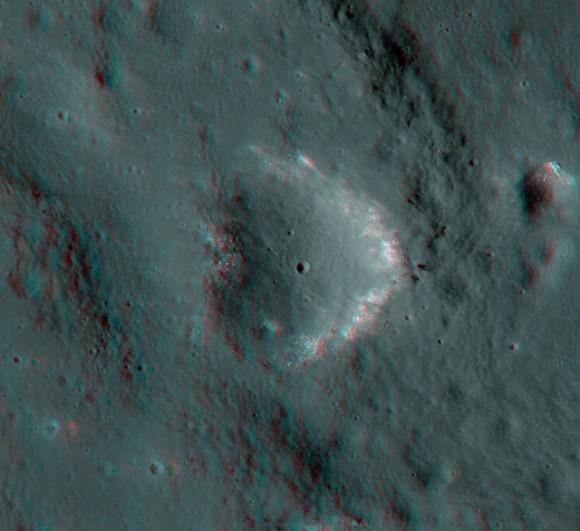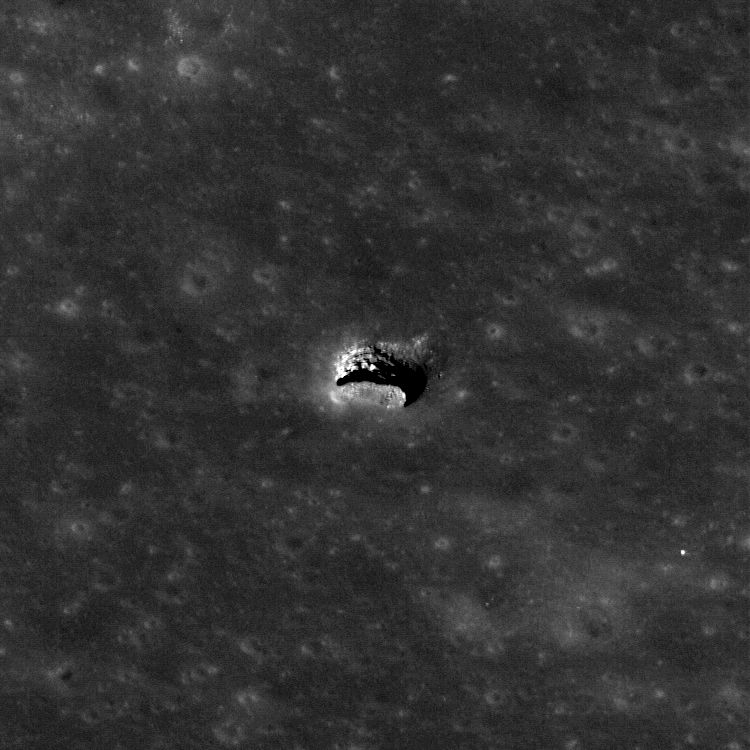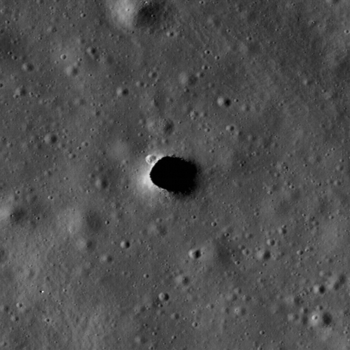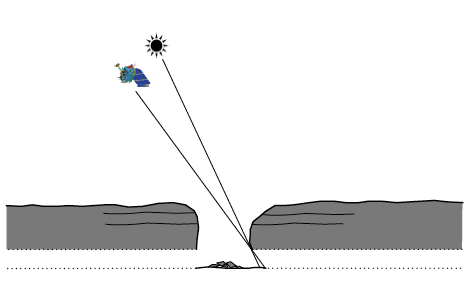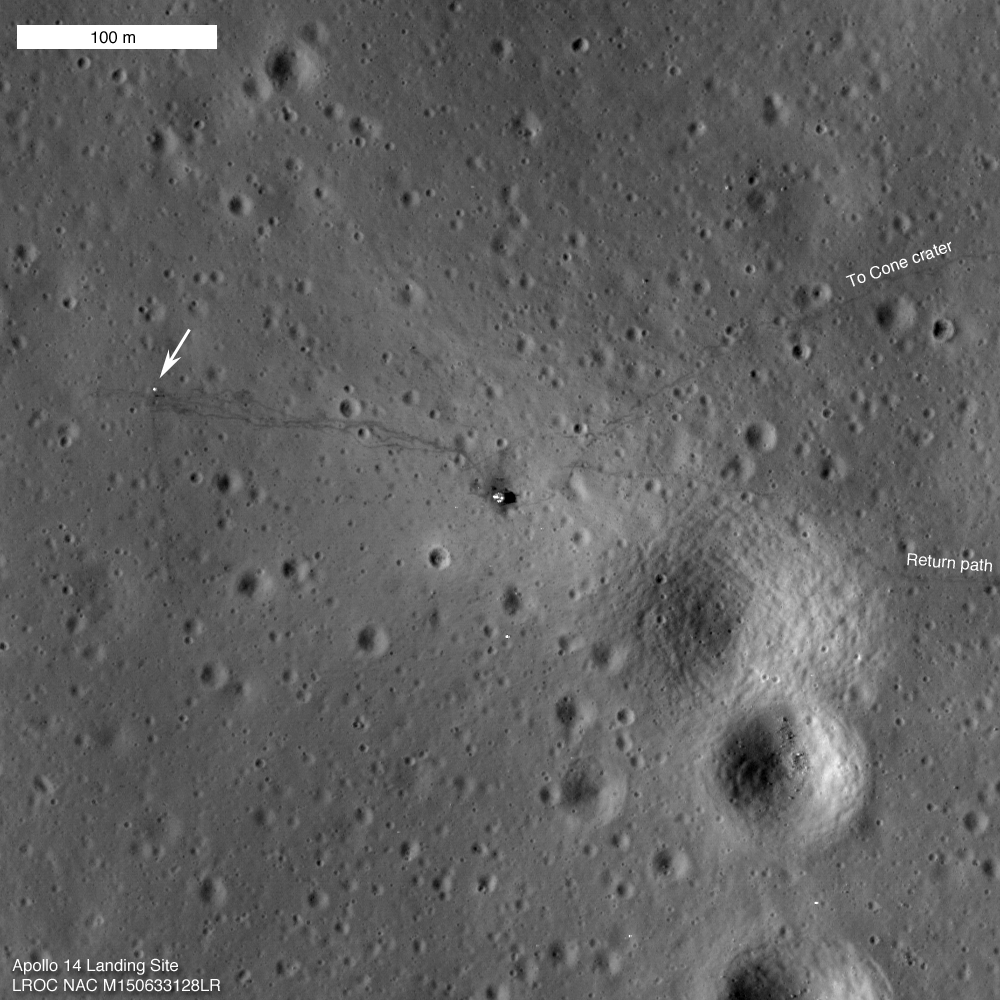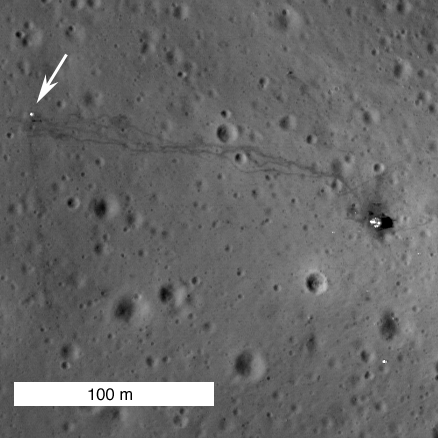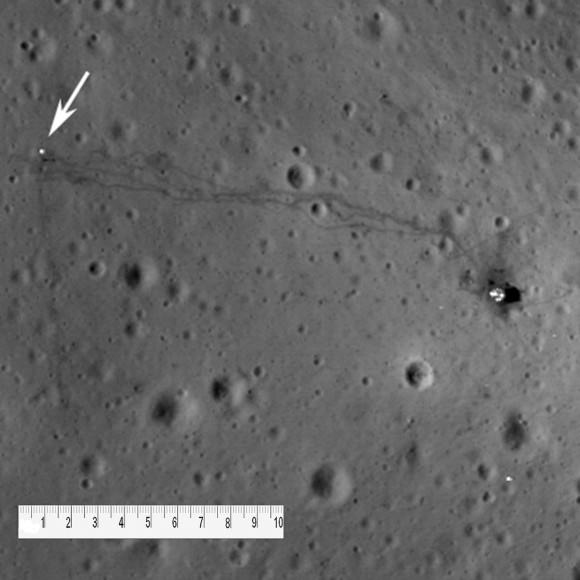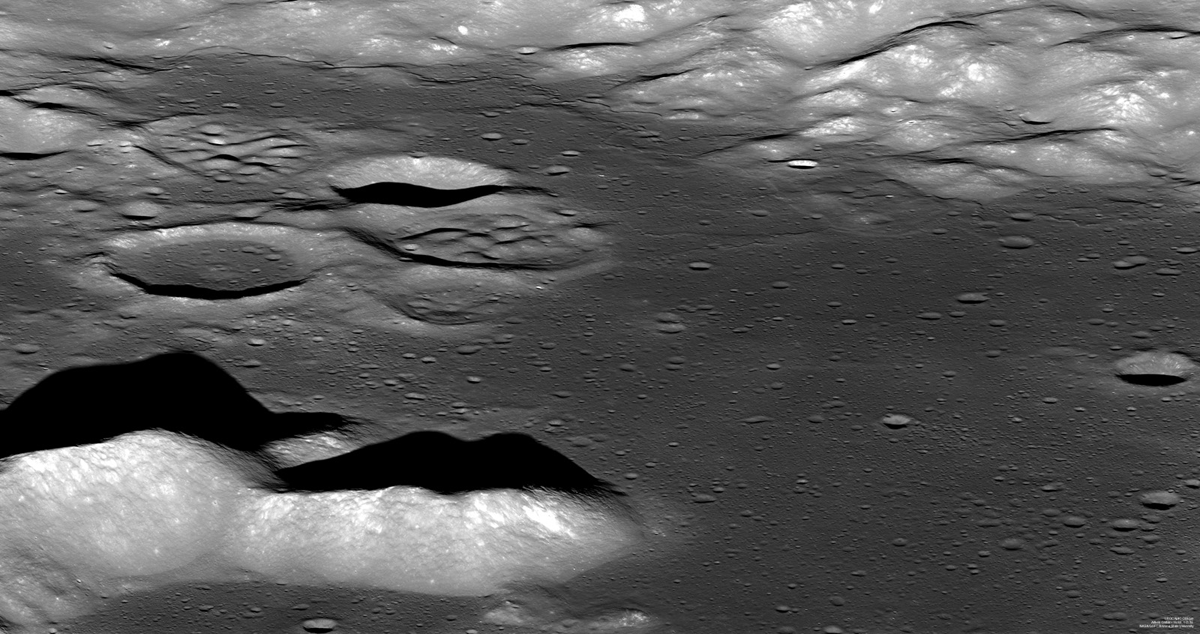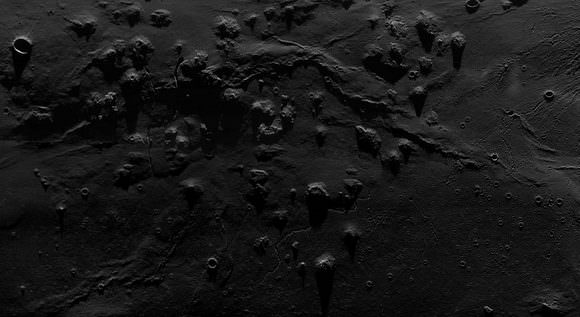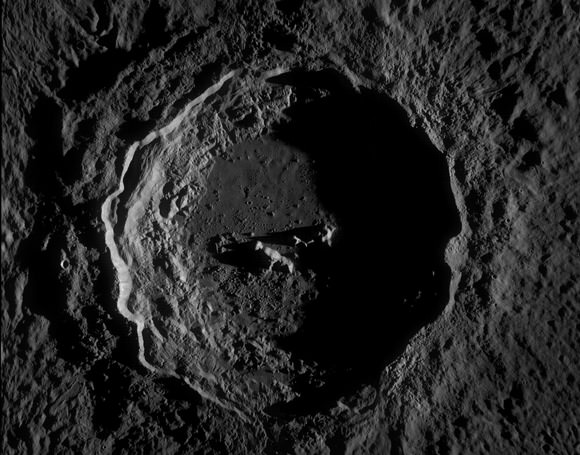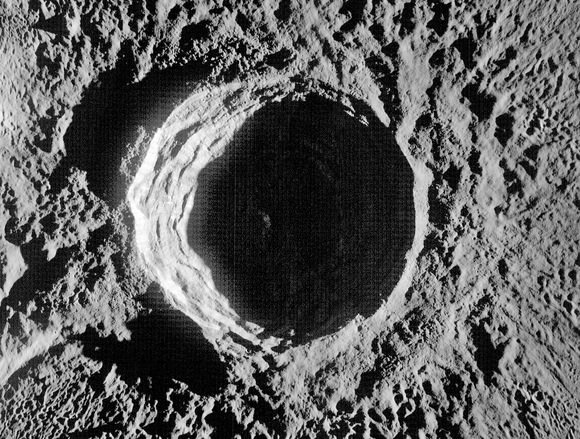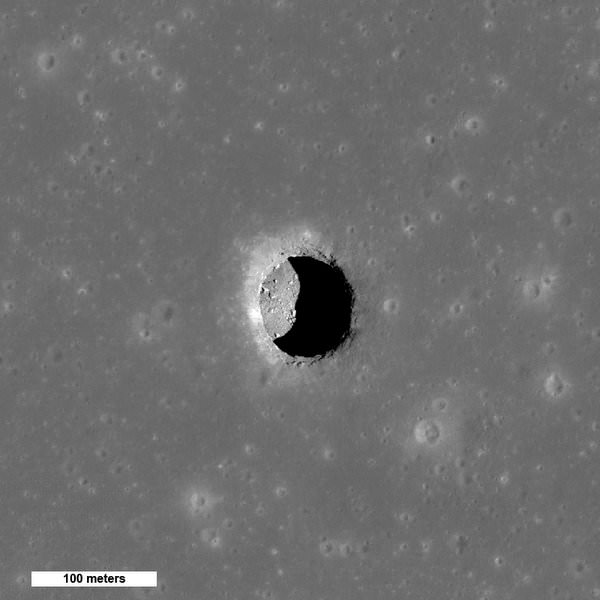[/caption]
The first time humans were able to catch a glimpse of the far side of the Moon was back in 1959 when the Soviet Luna 3 spacecraft sent back 29 grainy images taken during its successful loop around the Moon. “What a surprise – the farside was a different world, geologically,” said Mark Robinson, principal investigator for the camera on board the Lunar Reconnaissance Orbiter. “Unlike the widespread maria on the nearside, basaltic volcanism was restricted to a relatively few, smaller regions on the farside, and the battered highlands crust dominated.”
Since then, just a handful of spacecraft have taken images of the far side of the Moon, but now, Robinson has had a hand in creating the most detailed view yet of the farside of the Moon. A mosaic of the far side released today is comprised of over 15,000 Wide Angle Camera images acquired between November 2009 and February 2011.
“This WAC mosaic provides the most complete look at the morphology of the farside to date, and will provide a valuable resource for the scientific community,” Robinson wrote on the LROC website. “And it’s simply a spectacular sight!”
And how!
Every month, as LRO circles the Moon, the WAC gathers images to provide nearly complete coverage of the Moon under unique lighting. This mosaic knits together images all with similar lighting. As an added bonus the orbit-to-orbit image overlap provides stereo coverage, and even more images will be released on March 15.
“As the mission progresses, and our knowledge of the lunar photometric function increases, improved and new mosaics will be released!” Robinson said. “Work your way around the Moon with these six orthographic projections constructed from WAC mosaics.”
Click here for more stunning, high resolution views of the Moon.
Source: LROC

